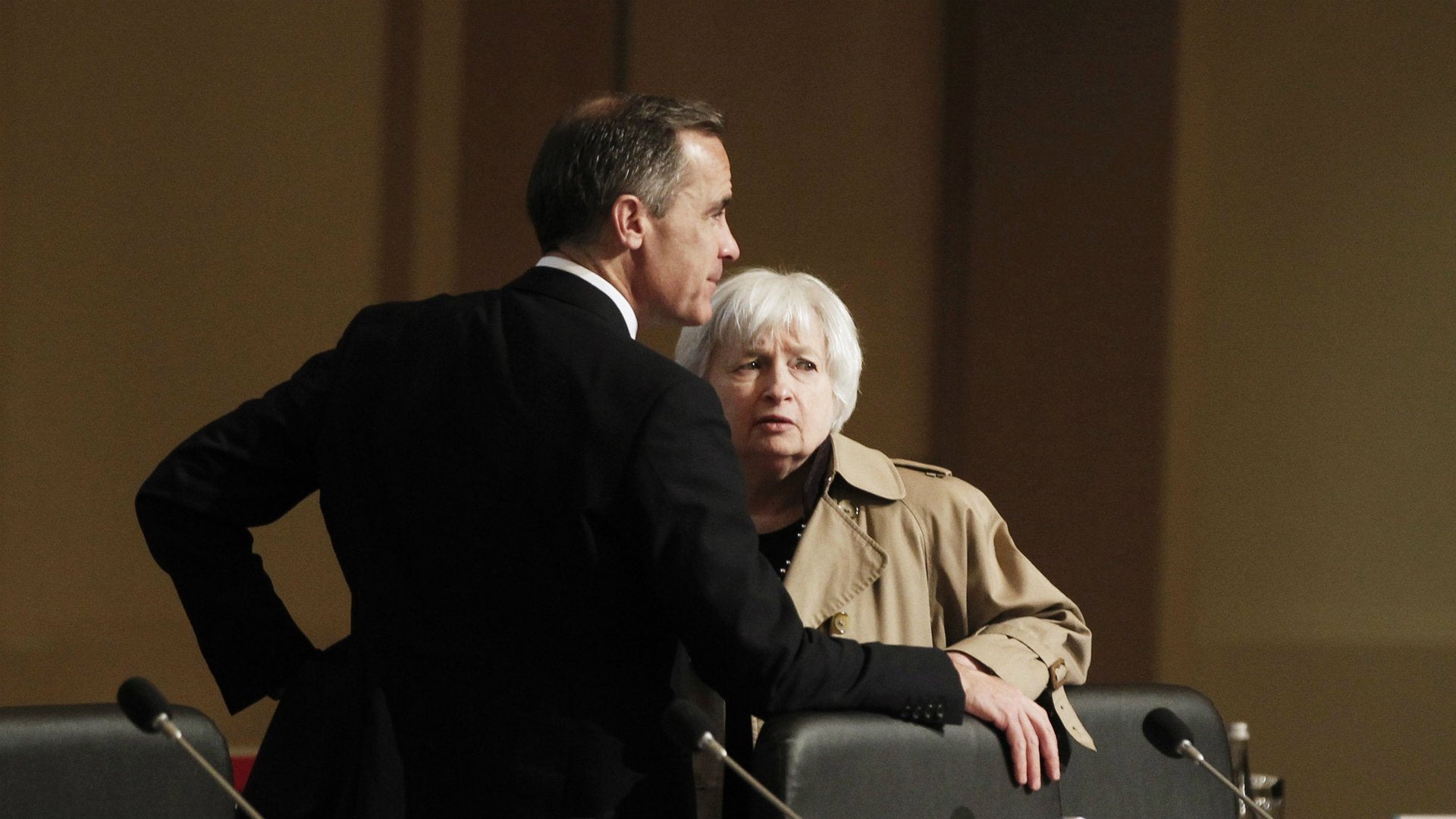Low interest rates aren’t helping any more. It’s time to try something else
After the global financial crisis, central bankers were quick to use their primary tool, interest rates, to prop up their shaky economies. Rates were slashed to zero, or even lower. Nearly a decade later, economic growth remains weak, despite all this stimulus. There’s anecdotal evidence of firms hoarding cash and people cutting back on spending. It seems, perhaps, that low rates are no longer the answer, and may even do more harm than good.


After the global financial crisis, central bankers were quick to use their primary tool, interest rates, to prop up their shaky economies. Rates were slashed to zero, or even lower. Nearly a decade later, economic growth remains weak, despite all this stimulus. There’s anecdotal evidence of firms hoarding cash and people cutting back on spending. It seems, perhaps, that low rates are no longer the answer, and may even do more harm than good.
In a provocative new research note, San Francisco Fed president John C. Williams questions the effectiveness of central banks’ traditional tools. When interests rates settle naturally at lower rates, boosting the economy requires a rethink. Central banks can cut benchmark rates below zero (as in the euro zone and Japan), inject money directly into the economy by buying bonds (known as quantitative easing), or make promises to keep rates low for very long periods of time. Yet it seems like even these actions, deployed by several central banks with varying degrees of aggressiveness, are not generating the expected boost.
Low interest rates bolster the economy through several channels. They makes consumption cheaper relative to saving, boosting demand. Low rates reduce the return on safe assets, like government bonds, pushing investors into riskier assets, like stocks and corporate bonds, which makes it cheaper for firms to invest and expand. In theory.
One thing many people—including professional economists—sometimes forget is that even the most carefully crafted models don’t work when they are applied to the wrong problem. The art of economic policy is picking the right model to solve the right problem at the right time. Now, there’s reason to believe that the economy has changed in a way that makes low rates less effective than in the past. It’s like using a screwdriver for a job that requires a hammer.
The old strategy of cutting rates might only work when rates are high to begin with. Cutting a benchmark rate from 0.5% to -0.5% may have a different impact than reducing it from 8% to 7%. The IMF says negative rates have effectively lowered the cost of borrowing, encouraging some debt-driven investments, but the Bank of International Settlements fears that negative rates have make it so hard for banks to be profitable that it leads them to cut back on lending.
People power
Demographics also matter. Low rates make consumption cheaper relative to saving (what economists call a substitution effect), but they also reduce wealth because assets earn a smaller return. When people feel less wealthy, they might cut back on spending (what economists call a wealth effect). Which effect wins out depends on the makeup of the population.
There may be a stronger wealth effect with an older population, for example, because the elderly have more wealth relative to labor income, and tend to own more bonds. Demographics arguably explain, in part, why decades of low—and now negative—interest rates haven’t done much to boost the Japanese economy.
Although central banks can move short-term rates directly, they can also influence long-term rates with things like quantitative easing. This, too, can have unintended consequences. Long-term rates are used to value pension obligations. Low rates hit pensions twice: more expensive liabilities (lower rates result in larger obligations, since the future is discounted less cheaply) and smaller returns on assets. The extra money it takes to keep pension funds afloat means less is available for hiring and investment (pdf).
The combination of low rates and stubbornly low growth leave central bankers with few obvious options from their traditional toolkits. Williams thinks they should consider new tools, like setting a higher inflation goal or targeting nominal GDP growth instead of prices. If low rates don’t work any more, central banks risk losing credibility if they persist in placing their faith in them to revive sickly economies.
Bank of England chief economist Andrew Haldane says he has sympathy for savers suffering under low rates, but jobs and growth must come first. If low rates aren’t expansionary after all, this may be a false dilemma.